
An Art Fair in Motion
An overview of the ArtVilnius’17 art fair
09/06/2017
Photo:
On 8 June, two significant events for the Vilnius art and cultural scene took place. Firstly, the Vilnius Contemporary Art Centre (CAC) – one of the first and largest institutions of its kind to appear in post-soviet Central and Eastern Europe – celebrated its 25th anniversary by presenting its brand-new outdoor art space. And secondly, ArtVilnius’17 – the eighth iteration of this international art fair – opened at the Litexpo convention center, running through 11 June. This year’s fair features 55 galleries from 20 countries, representing about 200 artists in total. Also notable is a substantial program of satellite projects that have taken on a certain dimension of movement – namely, PATH and PROJECTS, both of which include an impressive number of performance art pieces and video art.
At the focal point of ArtVilnius’17 – video and performance art
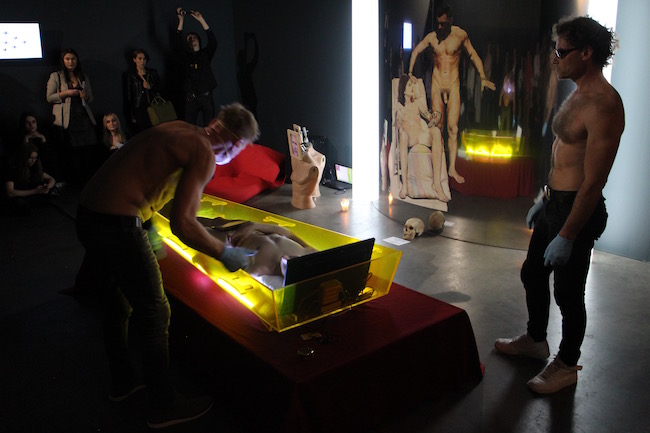
Killer Funeral Feat. The Beast, by Raul Rajangu
Having been established as primarily an art fair for the Baltic region, in the last couple of years ArtVilnius had expanded its horizons by emphasizing the art from one non-Baltic country at each successive fair: in 2015 the honorary guest was Ukraine, and in 2016 – Poland. This year, however, the fair has stepped back from this approach, and has instead set its sights on an international performance and video art program. Contingent to the weather and the location, the fair’s atmosphere is quite saturated with various forms of live art, thereby giving the whole affair a bohemian air of freedom and serendipity. As Sonata Baliuckaitė, the project manager for ArtVilnius’17 explains, the idea for basing the non-gallery part of the fair on performance art solidified after several artists had submitted proposals in this discipline, not to mention the emergence of a strong preference for the genre coming from international artists. One of the most singular projects included (and I’ll note, one of the few politically-orientated works) is the performance Killer funeral feat. The beast, by Raul Rajangu, who is often called “the father of Estonian post-modern art”. Portrayed are political figures such as Obama, Trump, and Putin, interlaced with snippets of pornographic videos and the activities of naked and half-naked men around a glass coffin prop.
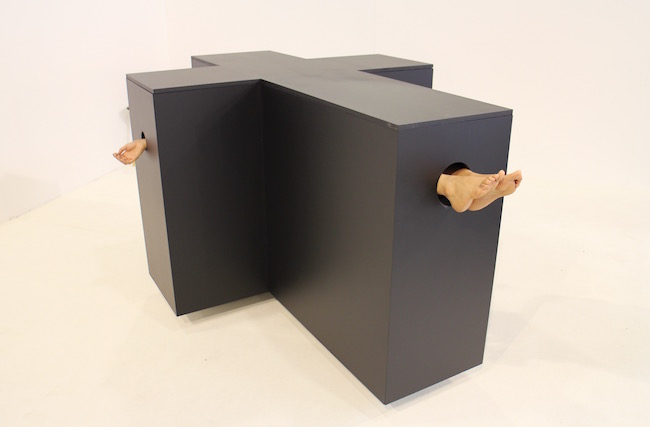
Chiasmus, by French artist Sarah Haddou
Whereas Rajangu’s intense presentation lasts an hour and takes place in the darkened PROJECTS area, in the central gallery area of the fair one can watch the several-hours-long and decidedly more subtle work, Chiasmus, by French artist Sarah Haddou, which is no less emotionally imbued than Rajangu’s piece. Enclosed in a black, cross-shaped box, the performer reveals to the viewers only his or her hands and feet, eliciting a confused and sympathetic reaction from the audience.
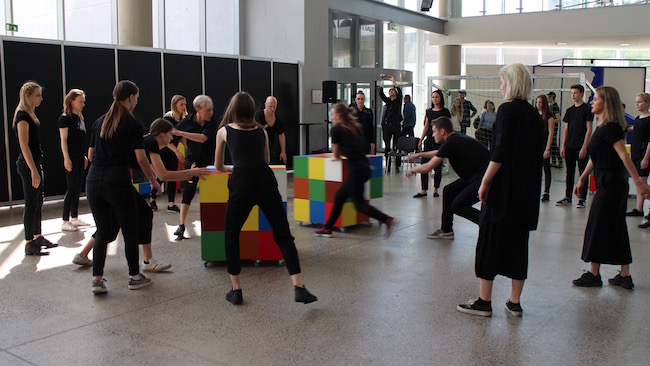
No One Will Take Me Away from Me, by Monika Dirsytė
As for the performance artists from Lithuania, Monika Dirsytė from the young generation, and Benas Šarka, a leader of Lithuanian informal art, have been selected. Dirsytė was one of the first artists to broaden ArtVilnius as such with performance art, and usually puts elements of installation art into her works. This year she has placed performers into colorful Rubik’s cubes, which other performers then herd across an improvised football pitch.
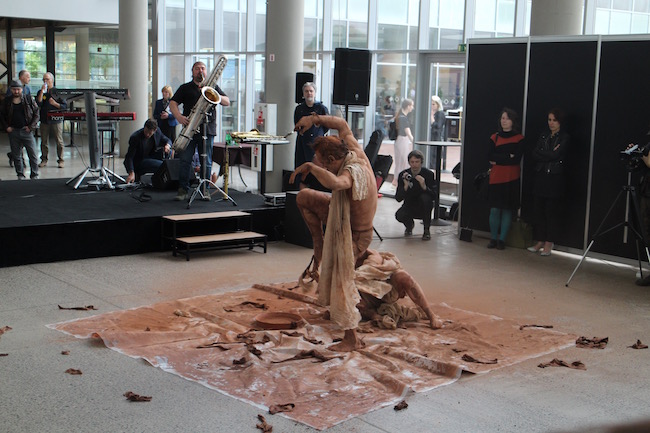
Atmata, by Benas Šarka
Utterly hypnotic, and also just a one-off – on the opening day of ArtVilnius’17 – was Šarka’s emotionally charged presentation in the form of shamanistic theater choreography.
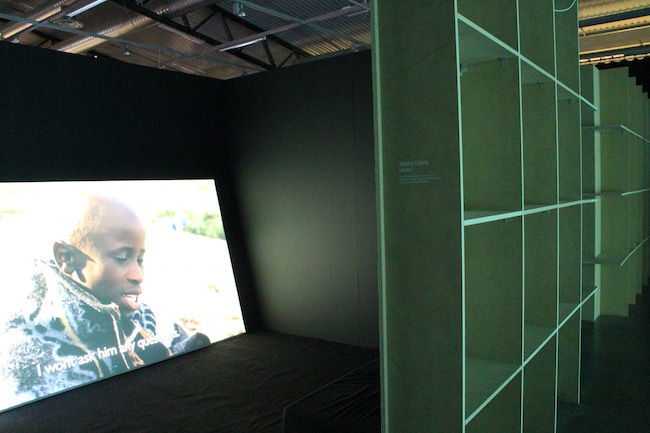
A work by Teboho Edkins in the exhibition VIDEONALE.16 on Tour
A special section of the fair has been reserved for video art. Europe’s oldest contemporary video art festival, Videonale, is presenting thirteen video works from its collection at ArtVilnius’17 titled VIDEONALE.16 on Tour (curator – Tasja Langenbach). The exhibition is, to some degree, linked to the performance part of the fair’s program in that a large part of the video works are specifically about performance art. In this way, the organizers of the fair wished to turn their visitors’ attention to the significance of video and performance art in the overall contemporary art scene. The execution of the video art program is the work of the young architect team of Olga Voišnis and Miglė Nainytė (Rokas Kilčiauskas, the long-term designer of the layout for ArtVilnius, is no longer the head architect of this year’s fair). One can make out references to an improvised shelving/storage system for video works in the set design of the Videonale presentation.
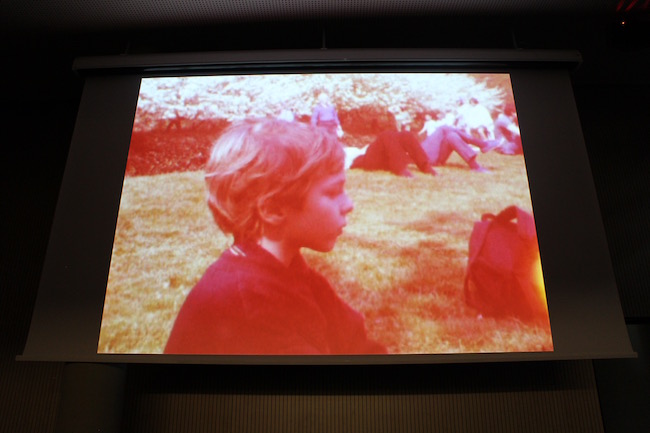
Still from Outtakes From the Life of a Happy Man, film by Jonas Mekas
And of course, ArtVilnius couldn’t take place without honoring the still very-much-central figure of world avant-garde cinema, the 95-year-old Lithuanian artist Jonas Mekas. In celebration of this venerable birthday, the Jonas Mekas Visual Arts Centre is organizing a special screening of the experimental documentary film Outtakes From the Life of a Happy Man (2012).
This year’s look at the Lewben Art Foundation’s collection
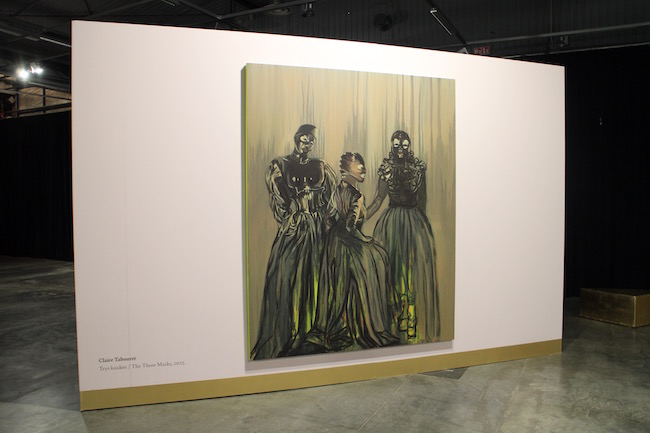
The Three Masks, by Claire Tabouret
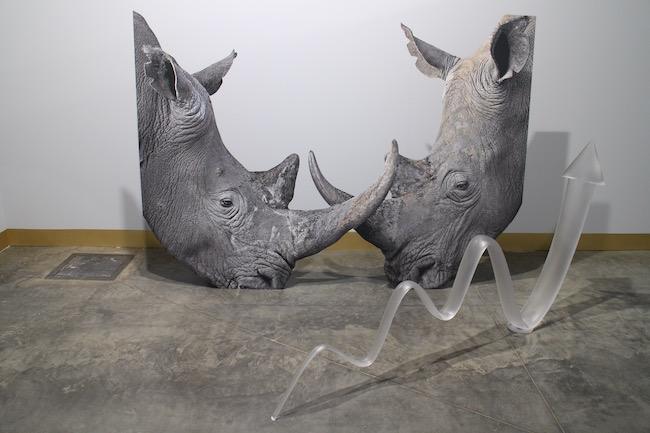
A work by Estonian artist Katja Novitskova from the Lewben Art Foundation’s collection. Novitskova is representing Estonia at this year’s Venice Art Biennale
As every year, an extensive exhibition in the PROJECTS zone of the fair is being presented by ArtVilnius’s primary supporter and one of the largest patrons of contemporary Lithuanian art, the Lewben Art Foundation. At last year’s fair in 2016, the Lewben Foundation chose not to show any paintings, only sculptures and video works. This year, however, their exhibition celebrating femininity – All These Beautiful Ladies (curated by Francesca Ferrarini) – features the work of nine international artists in various disciplines. Among them are Claire Tabouret’s figural painting The Three Masks (2015); the landscape Coronel Jose Dias (2015), by Marina Rheingantz; and La Esperanza (2014), a photo work by Teresa Margolles.
New rules for the awards
This year ArtVilnius has decided to shake up the fair’s award system. The new categories are: Seven Best Galleries; Best Artist; Best New Artist; and Best Sculpture/Installation.
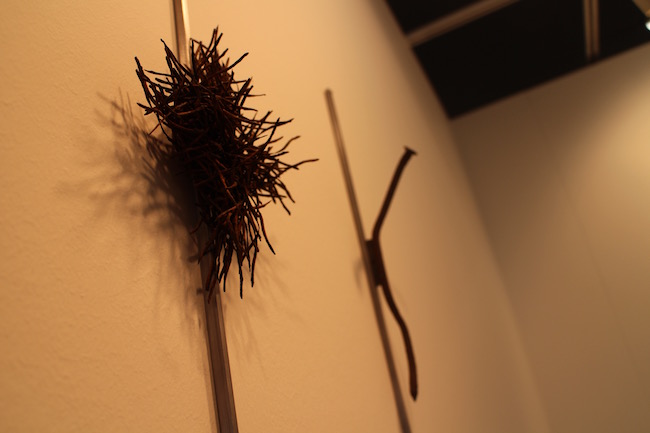
The exhibit for the Lithuanian gallery ArgenTum was selected as one of the seven best galleries showing at the ArtVilnius’17 art fair.
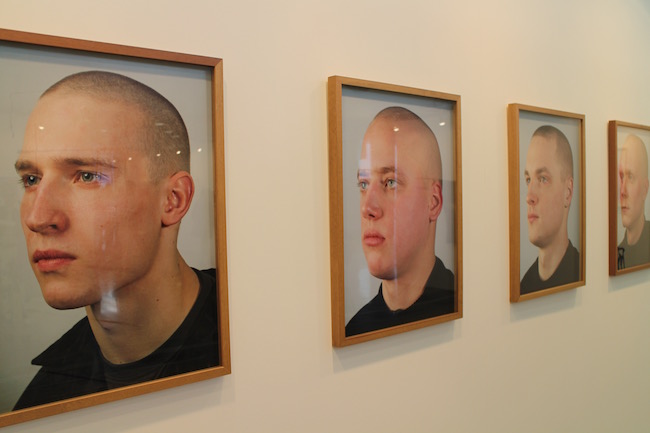
The exhibit for the Estonian gallery Foku was selected as one of the seven best galleries showing at the ArtVilnius’17 art fair
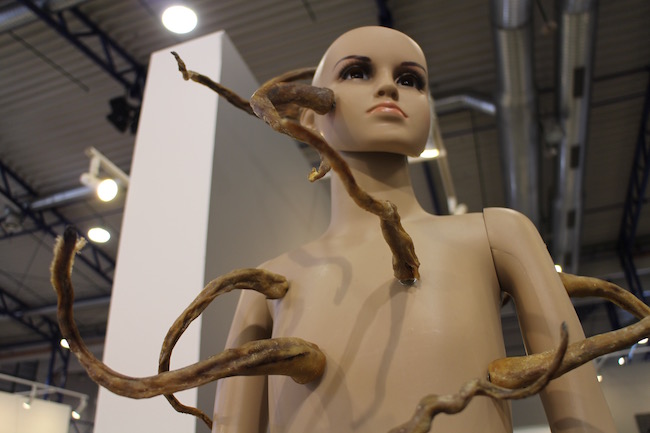
The exhibit for the Kuldīga Artists Residency from Latvia was selected as one of the seven best galleries showing at the ArtVilnius’17 art fair. At ArtVilnius’17 the gallery presented works by Aigars Bikše, Kristians Brekte, and Andris Vītoliņš
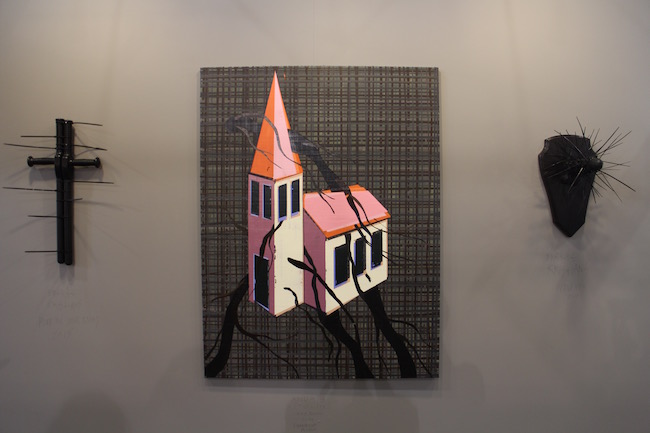
The exhibit for the Kuldīga Artists Residency
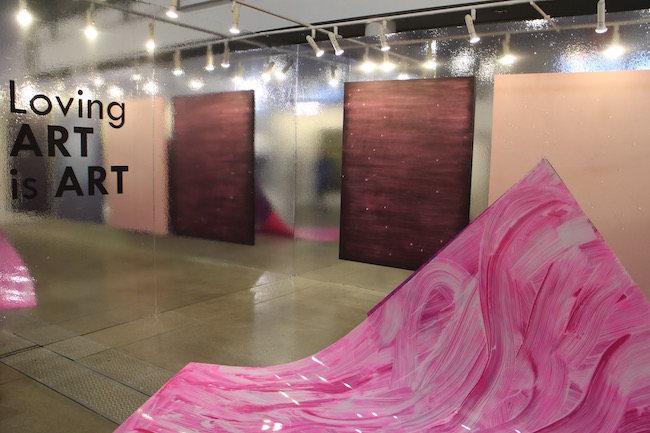
The exhibit for the Kaunas gallery Meno parkas was selected as one of the seven best galleries showing at the ArtVilnius’17 art fair
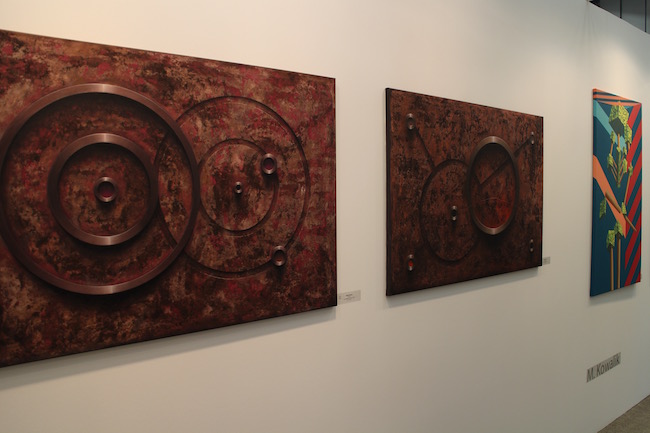
The exhibit for the Warsaw gallery Stalowa was selected as one of the seven best galleries showing at the ArtVilnius’17 art fair
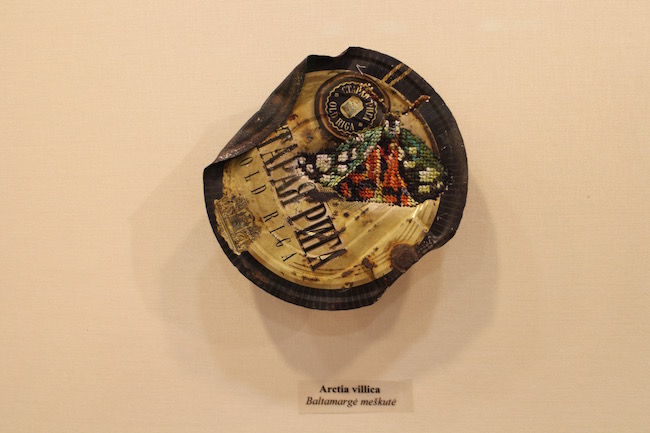
A work by Severija Inčirauskaite-Kriaunevičiene in the exhibit for the Vilnius gallery Trivium. The gallery Trivium was selected as one of the seven best galleries showing at the ArtVilnius’17 art fair
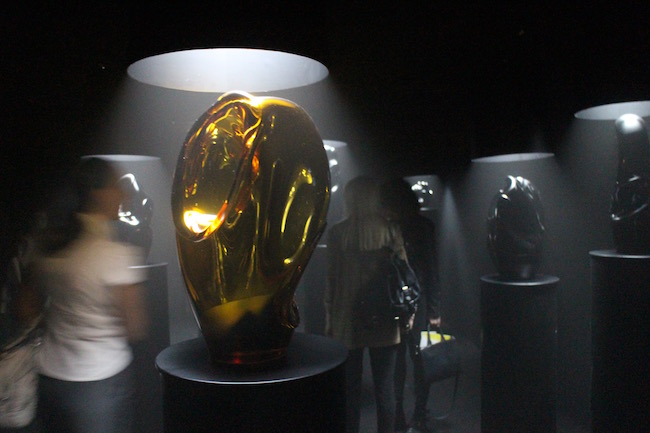
Dusetų dailės galerija, of the municipal cultural center for the city of Dusetos, was selected as one of the seven best galleries showing at the ArtVilnius’17 art fair
On the panel of judges for the ArtVilnius’17 awards are: Dr. Virginija Vitkienė, Artistic Director of the Kaunas Biennale; the art critics Ernestas Parulskis and Virginijus Kinčinaitis; and the artists Deimantas Narkevičius and Žilvinas Landzbergas. As the Seven Best Galleries they chose: the Vilnius Art Academy’s gallery ArgenTum; Foku in Tallinn; the booth for the Kuldīga Artists Residency; the Kaunas gallery Meno parkas; the Warsaw gallery Stalowa; the Vilnius gallery Trivium; and Dusetų dailės galerija, of the municipal cultural center for the city of Dusetos.
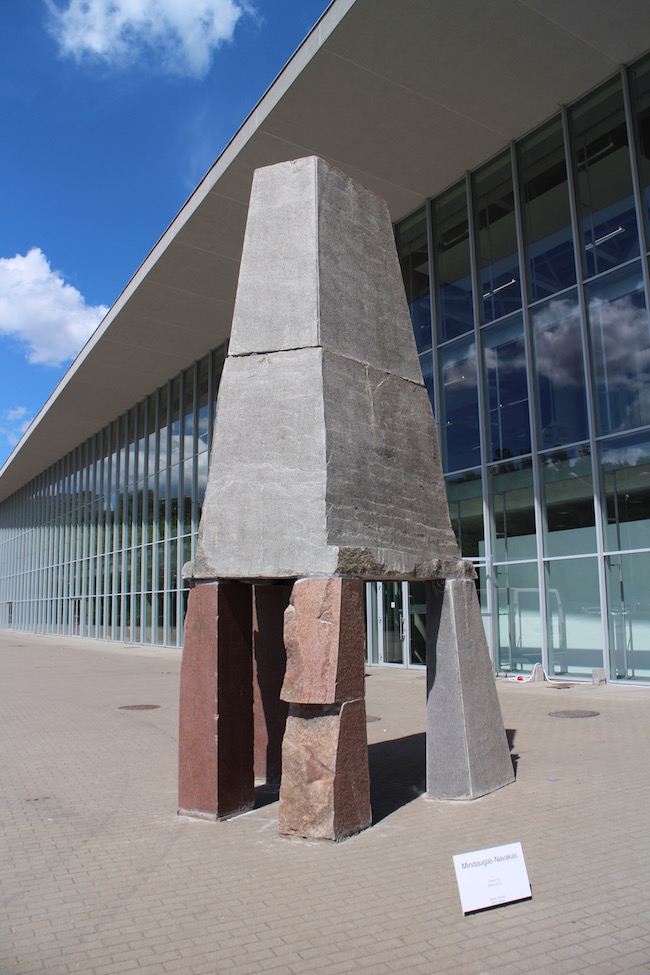
Tower G, by Mindaugas Navakas
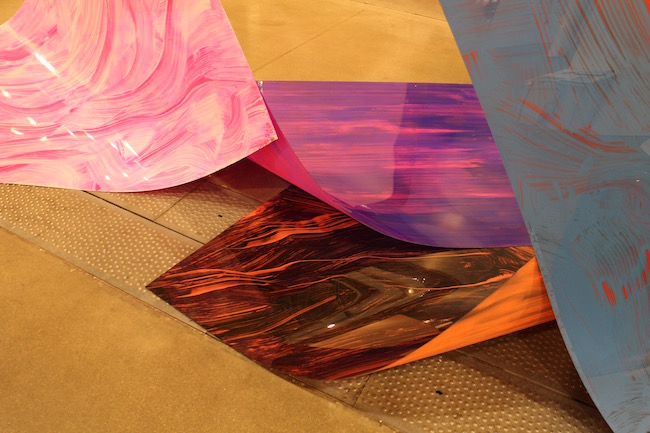
Detail of a work by Lithuanian artist Povilas Ramanauskas, in the exhibit for the gallery Meno Parkas
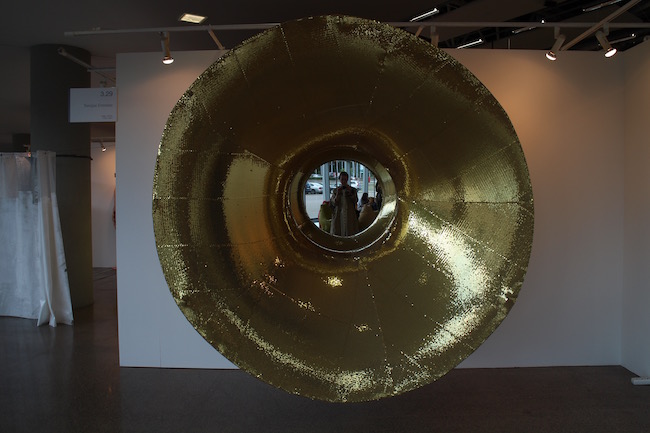
#selfie, a work by Raimonda Sereikaitė
The award for Best Artist went to Mindaugas Navakas for his piece Tower G, in the outdoor section of Litexpo; Best New Artist went to Paweł Ramanauskas; and the Best Sculpture/Installation was awarded to Raimonda Sereikaitė for her work selfie – a golden funnel that invites the viewer to take a self-portrait as seen in its mirrored depths.
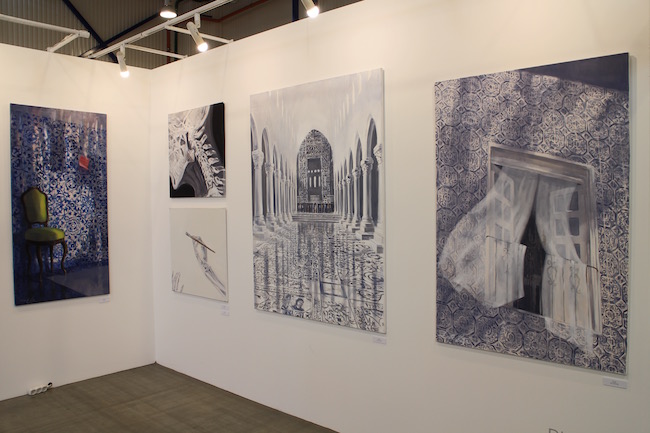
The exhibit for the Agija Sūna art gallery
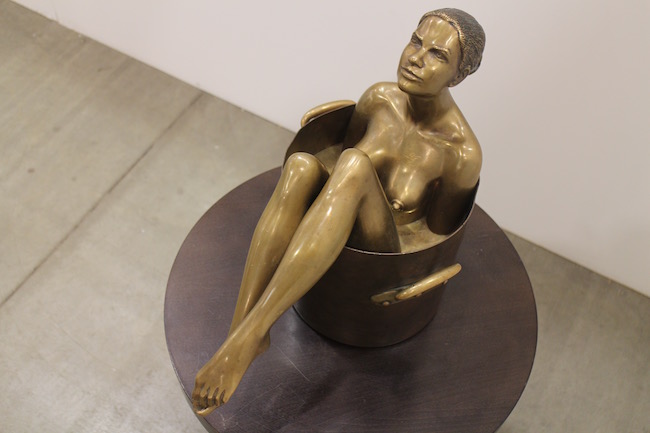
A work by Lidija Vitkovska in the exhibit for the Happy Art Museum gallery
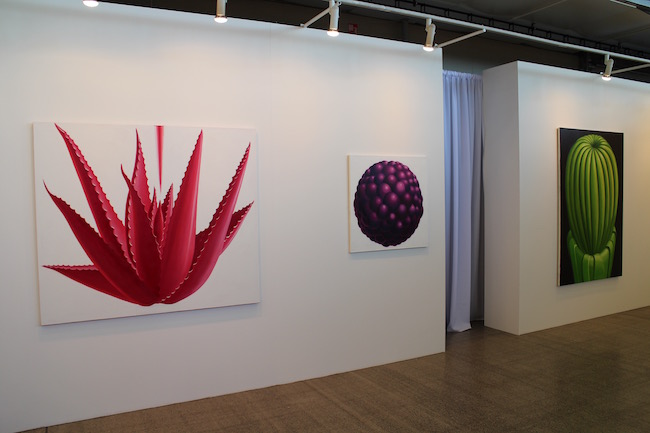
A view of the exhbit for the gallery Māksla XO
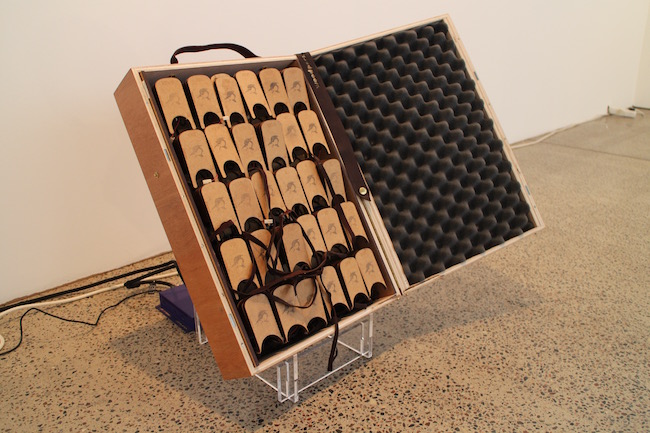
A work by Rihards Vītols in the exhibit for the gallery RIXC
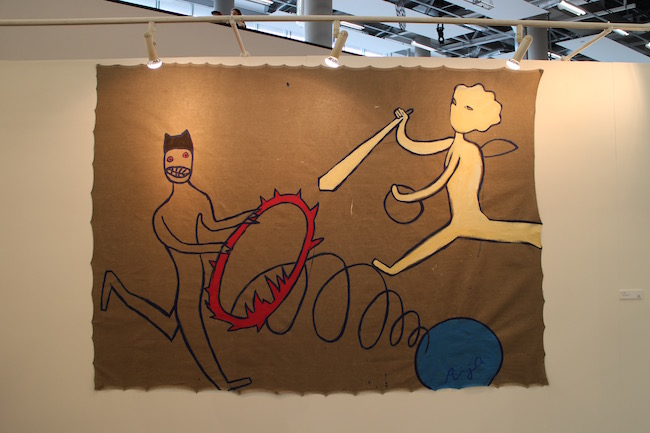
A work by Aija Zariņa in the exhibit for the gallery Tifāna
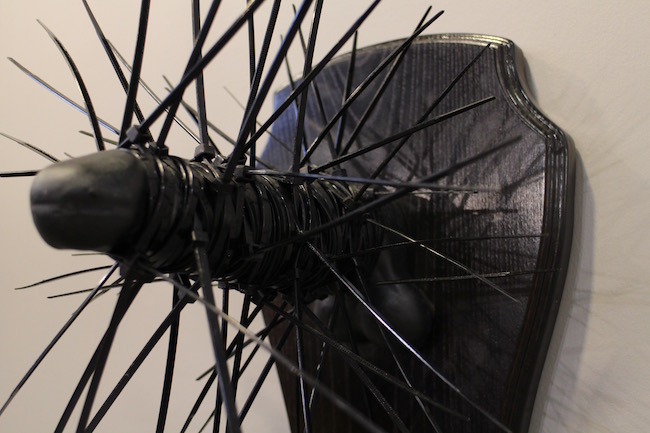
A work by Kristians Brekte in the exhibit for the Kuldīga Artists Residency gallery
The proportion of galleries from the Baltic region
Galleries hailing from Latvia included: Agijas Sunas mākslas galerija; Happy Art Museum; Māksla XO, RIXC galerija; Tifāna; and the Kuldīga Artists Residency. Estonia, again, presented a surprisingly small number of galleries – just three: Foku, Okapi Galeri, and Haus. However, a very active player from Estonia was NOAR, the on-line art market and information platform founded in 2015; they brought to the fair The Artist’s Room – the best-known work by Juhan Soomets, the winner of the 2016 Baltic Young Artist Award – which is being exhibited in the ArtVilnius PROJECTS area.

A work by Kestutis Svirnelis
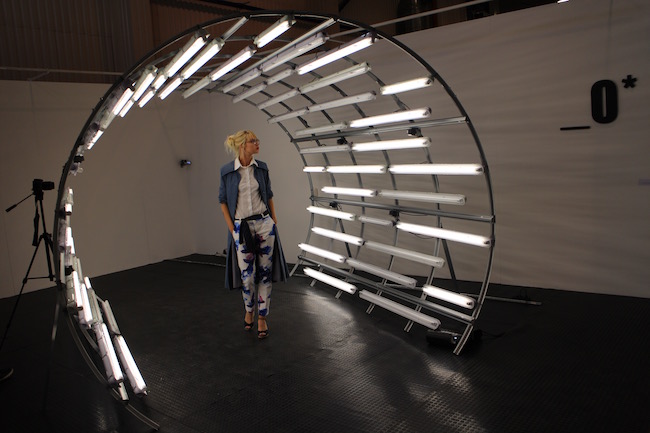
Gallery Nulinis Laipsnis _0*
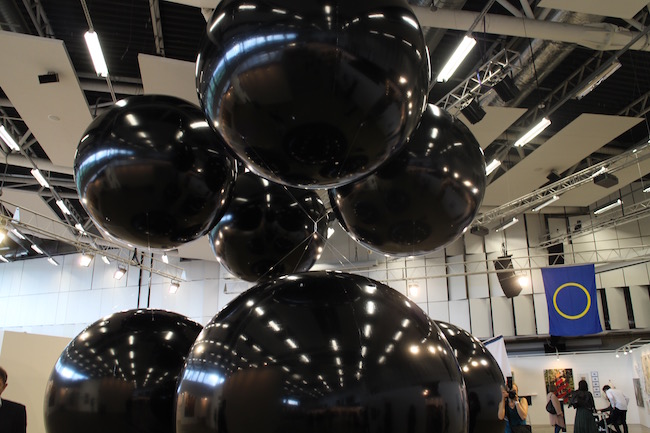
Black Baloons, by the artist Tadao Cern
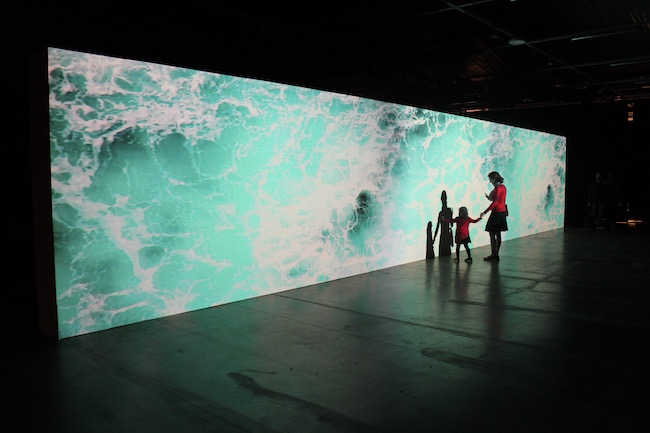
A work by Vladimir Tarasov
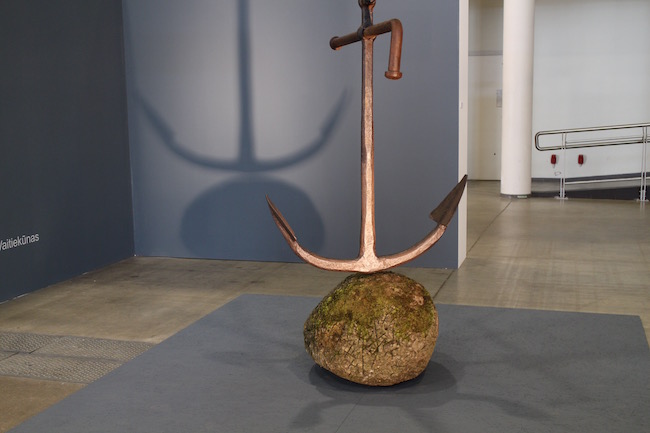
The exhibit for the gallery Terra Recognita
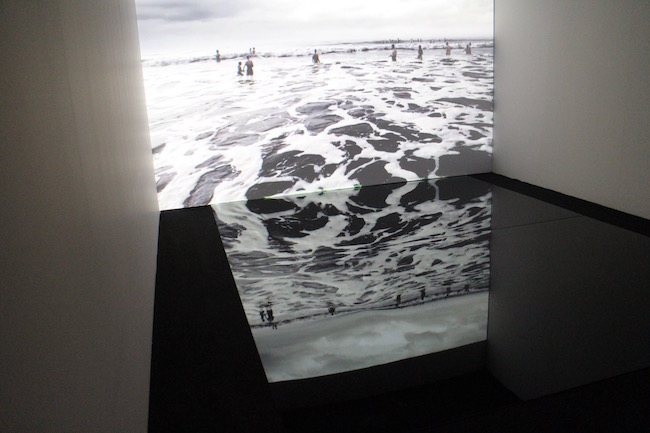
A video work by the artist Audra Vau
.jpg)
(Un)finished ideas, by Džiugas Šukys